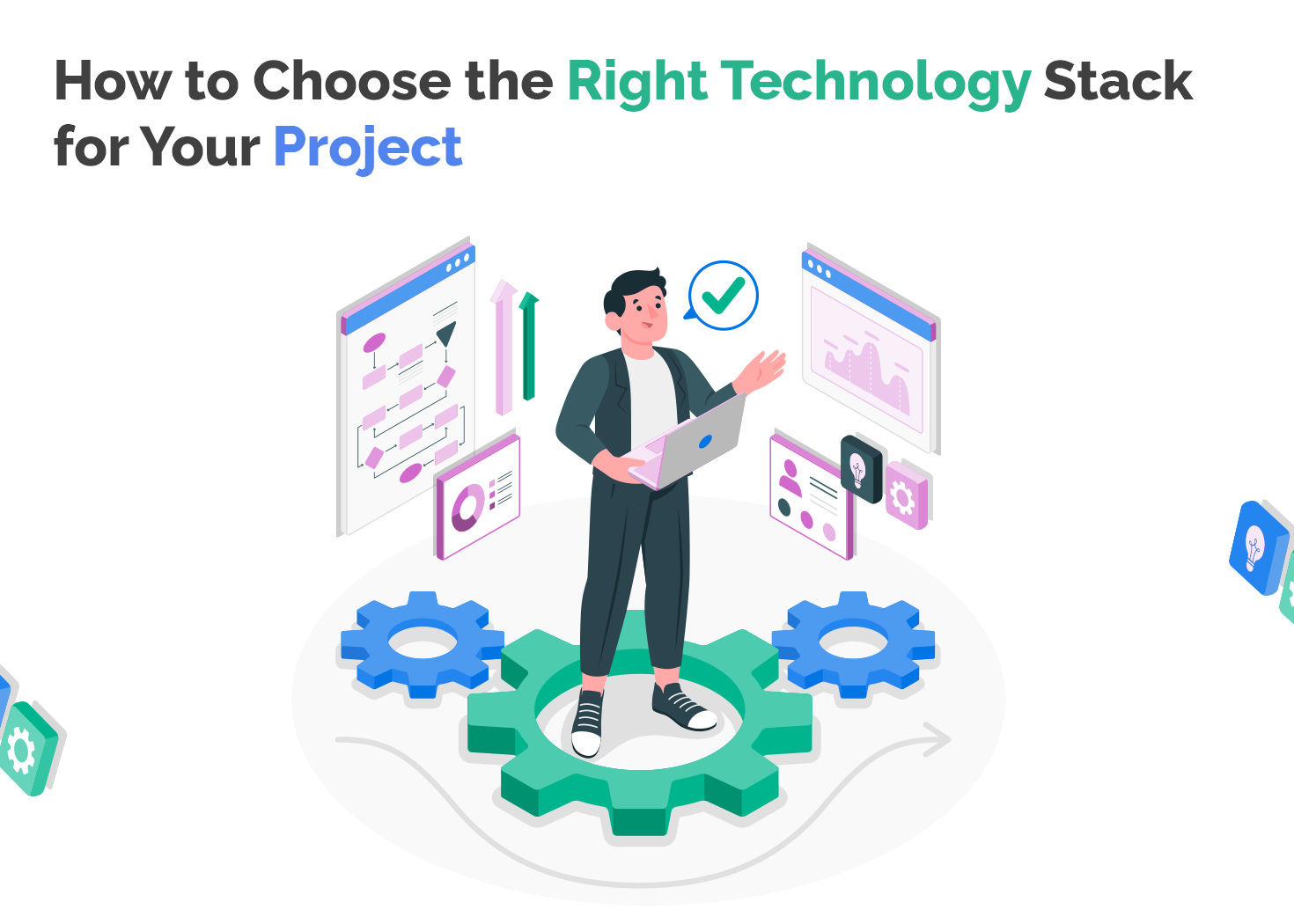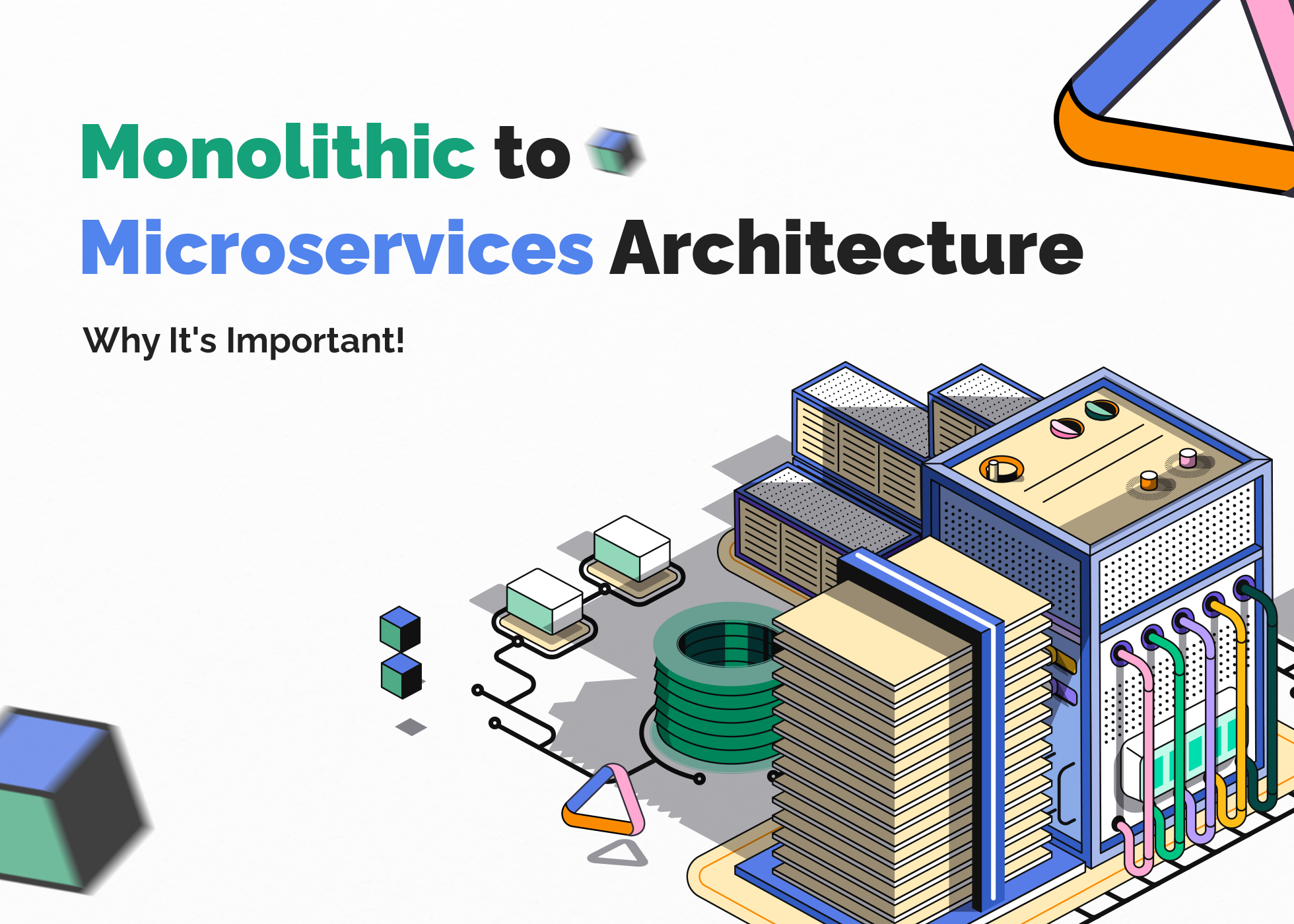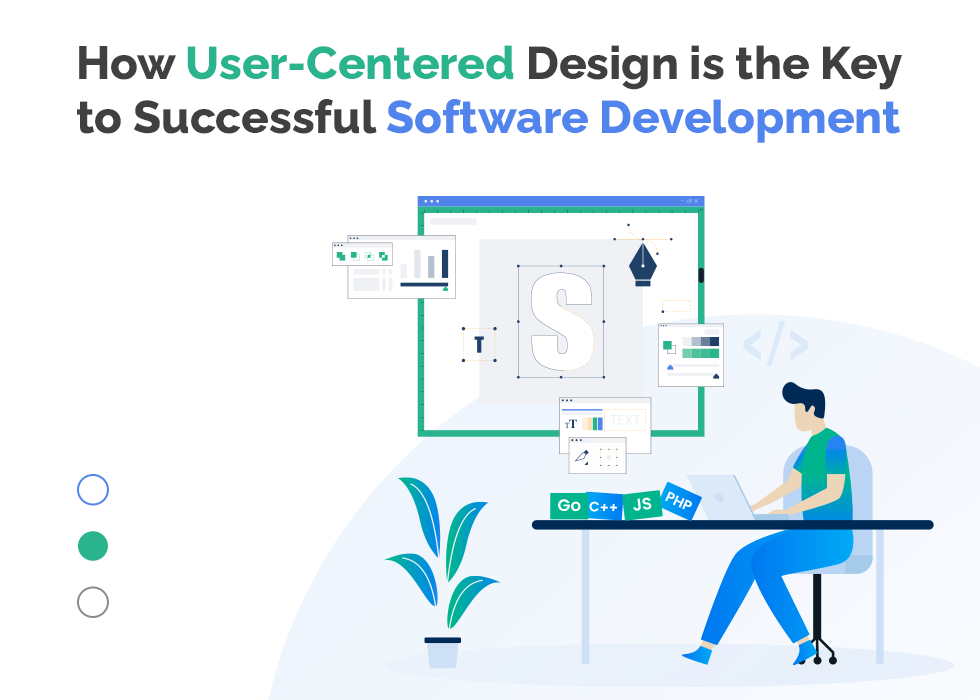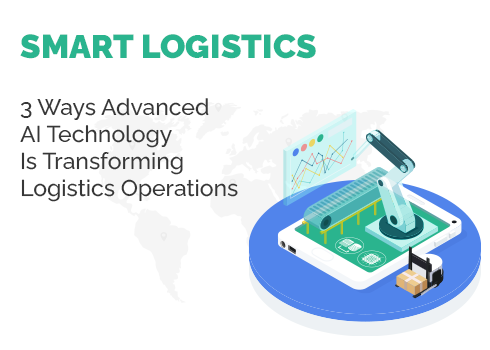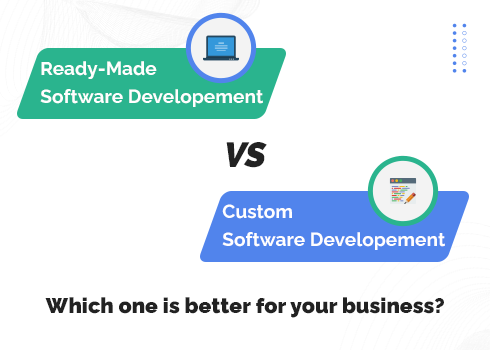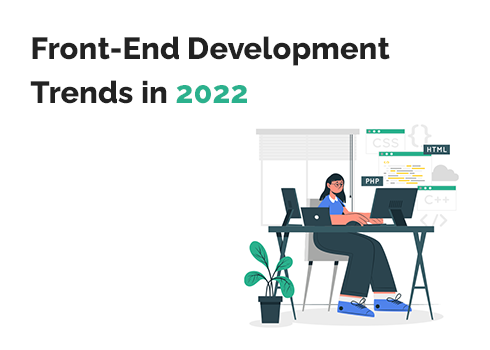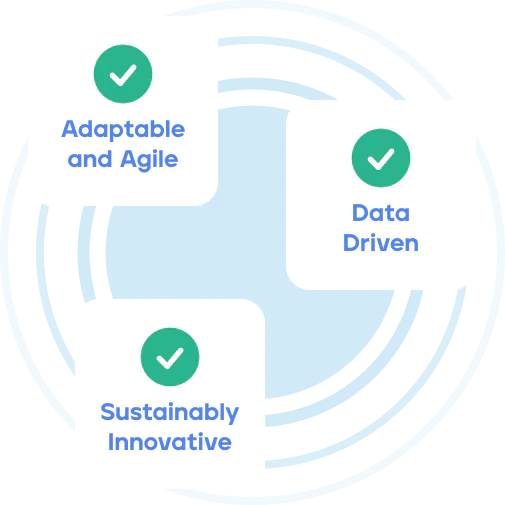
In the ever-evolving world of technology, traditional programming has long been the backbone of software development, paving the way for innovation and progress. This blog discusses the revolutionary impact of no-code and low-code software development, which goes beyond traditional programming.
Understanding No-Code and Low-Code Programming
In the dynamic digital era, No-Code and Low-Code Programming offer a user-friendly and accessible way to craft sophisticated applications without the need for complex coding. These methodologies enable individuals without technical expertise to create advanced programs effortlessly.
In the domain of No-Code, barriers to entry are removed as users leverage pre-built blocks and drag-and-drop functionality for efficient application creation. Low-Code combines traditional coding with visual development, speeding up the process and allowing developers to focus on innovation and efficiency, resulting in impressive software solutions with ease and precision.
Read More: Smart Logistics: 3 Ways Advanced AI Technology is Transforming Logistics Operations
Why Low- Code and No-Code?
-
Enhanced Development Speed: No-Code and Low-Code platforms offer accelerated development cycles through pre-built components and intuitive visual tools. This results in reduced time-to-market compared to traditional programming, where manual coding can elongate the development process.
-
Inclusivity in Software Development: These platforms democratize software creation, enabling non-technical users to actively participate in development. This inclusivity expands the pool of contributors and fosters collaboration between technical and non-technical teams. In contrast, traditional programming may limit participation to only specialized developers.
-
Cost-Efficient Solutions: No-Code and Low-Code approaches lead to cost savings by minimizing the need for extensive custom coding and specialized developer resources. On the other hand, traditional programming can involve higher expenses due to the expertise required and longer development timelines.
-
Seamless Team Collaboration: Through visual representations, these platforms promote efficient communication between business stakeholders and technical teams. This streamlined collaboration enhances understanding and reduces the potential for misinterpretation often encountered in traditional programming.
-
Agile Adaptation: Agile capabilities for rapid prototyping and iterative development, allow teams to respond swiftly to changing project requirements. This adaptability sets them apart from traditional programming, which may require significant modifications for adjustments.
-
Scalability and Complexity: Contrary to their user-friendly nature, No-Code and Low-Code platforms can handle complex and scalable applications. This versatility empowers businesses to expand and evolve their solutions seamlessly. In comparison, traditional programming may necessitate additional resources and effort to manage and maintain larger projects.
Read More: Smart Logistics: 3 Ways Advanced AI Technology is Transforming Logistics Operations

Overcoming Misconceptions
No-Code and Low-Code development has evolved into powerful tools for complex solutions, dispelling the notion that they are only for simple apps. Security is prioritized, ensuring data protection. These platforms offer customization options alongside pre-built components, saving time. Technical teams benefit from collaboration and can focus on higher-value tasks. Interoperability prevents being locked in with one vendor.
Future Trends and Predictions: No-Code and Low-Code Shaping Tomorrow's Software Landscape
The future of software development is being dramatically reshaped by the surging momentum of No-Code and Low-Code Programming. As we venture into a new technological era, these transformative methodologies hold remarkable potential and are backed by compelling facts and figures:
|
Trend |
Projection / Percentage |
Source |
|
Explosive Growth |
Market value: USD 137.20 billion by 2028 |
|
|
Democratization in Action |
Over 65% of app development on Low-Code by 2023 |
|
|
Rapid Application Development |
10x faster application development with Low-Code |
|
|
Enhanced Agility |
82% of organizations report improved agility |
|
|
Reduced Development Costs |
Up to 80% reduction in development costs |
The rise of No-Code and Low-Code Programming is reshaping software development, enabling innovation and efficiency. These methodologies have widespread adoption and offer benefits for businesses, empowering citizen developers and fostering collaboration. The fusion with IoT, AI, and other technologies opens endless possibilities. Embracing the No-Code and Low-Code revolution positions organizations to lead in an innovative and interconnected world. The journey begins now, and the possibilities are limitless.








